The mobile learning market is expected to grow from USD 22.13 billion in 2020 to USD 60.95 billion by 2028, at a CAGR of 13.5% during the forecast period 2021-2028.
Mobile learning is learning with the use of mobile through tablets, smartphones, and handheld computers. Mobile learning is accessing education via the network or internet through mobile devices. In mobile learning, the education material is sent through social interactions, mobile applications, and online educational hubs. Mobile learning is also called e-learning and m-learning. Mobile learning is a modern-day learning system that makes it possible to learn wherever, whenever and whatever an individual wants with the assistance of a smartphone connected to the internet. Mobile learning allows access to education from anywhere in the world by eliminating the obstacle of distance. Hence, mobile learning can also be called distance learning. Mobile learning provides a chance to access education to employees, students, and individuals on the go.
The emergence of owning a smartphone across various developing & developed countries has spike the mobile learning market. To access education on the move, mobile learning has permitted the transition from desktop learning. Mobile learning allows the download of educational videos and watches them at the user's leisure and convenience when the internet is not available or traveling. The rise in mobile learning has improved mobile-optimized websites and applications for users to access education efficiently. The development in internet connectivity through the introduction of 3G, 4G, 5G, and Wi-Fi of different bandwidths has strengthened network connectivity across the globe that makes accessibility of mobile learning more convenient. The proliferation of tablets and smartphones has spiked the use of mobile learning. These are some factors driving the growth of the global mobile learning market. On the contrary, factors such as adaptability issues, high internet costs, lack of one-on-one interaction with faculty or mentor, and absence of reliable support infrastructure limit the growth of the global mobile learning market.
This study delivers a comprehensive analysis of the solution, provider, application, and region. The solution segment includes portable LMS, e-book, mobile & video-based courseware, m-enablement, and interactive assessments. The mobile & video-based courseware is leading the solution segment. The growth is attributed to the high preference given to video-based learning on a portable device as it is more convenient to access. Video-based courseware involves less time consumption and is easy to grasp in comparison to reading. Video-based courseware ensures user's engagement as a trainer can demonstrate the concepts using animation, webcast, illustration that provides practical & powerful training. The provider segment involves service and content. The content is leading the provider segment. The growth is attributed to content developers aiming at providing sophisticated learning solutions on the concerned platform. The content developers assimilate and deliver content on several topics by collaborating with domain experts supporting the content development procedure. The application segment involves corporate, government, and academics. The academic is leading the application segment. The growth is attributed to the availability of distant learning courses that permit educational institutions to provide e-learning courses to students, downloaded offline and watching at leisure. Online courses are a better option for students unable to attend physical lectures and can utilize their time elsewhere.
The market has been divided into North America, Europe, Asia-Pacific, Middle East & Africa, and South America. South America is leading the regional segment. The growth is attributed to an increase in internet penetration in South America. The educational institutes of South America are providing free access to the online class. The online course has gained significant traction in South America due to the inability of students to attend physical lectures because of physical disabilities or demographic constraints.
Some of the notable players in the market are Adobe Inc., Dell Inc., AT&T Inc., Microsoft Corporation, Upside Learning Solution Pvt. Ltd., El Design Pvt. Ltd., IBM Corporation, Cisco Systems Inc., SAP SE, Citric Systems Inc., and Skillsoft.
Mobile Learning Market Analysis and Forecast, Provider
Mobile Learning Market Analysis and Forecast, Solution
Mobile Learning Market Analysis and Forecast, Application
Mobile Learning Market Analysis and Forecast, Region
Report Description:
1. Introduction
1.1. Objectives of the Study
1.2. Market Definition
1.3. Research Scope
1.4. Currency
1.5. Key Target Audience
2. Research Methodology and Assumptions
3. Executive Summary
4. Premium Insights
4.1. Porter’s Five Forces Analysis
4.2. Value Chain Analysis
4.3. Top Investment Pockets
4.3.1. Market Attractiveness Analysis By Solution
4.3.2. Market Attractiveness Analysis By Provider
4.3.3. Market Attractiveness Analysis By Application
4.3.4. Market Attractiveness Analysis By Region
4.4. Industry Trends
5. Market Dynamics
5.1. Market Evaluation
5.2. Drivers
5.2.1. Increase in internet connection
5.2.2. Rise in smartphones, tablets, mobile devices
5.2.3. Government initiatives to promote digital education
5.3. Restrains
5.3.1. Lack of peer to peer interaction
5.3.2. Expensive mobile data
5.4. Opportunities
5.4.1. Target emerging economies
5.4.2. Implement mobile learning in schools
6. Global Mobile Learning Market Analysis and Forecast, By Solution
6.1. Segment Overview
6.2. Portable LMS
6.3. E-book
6.4. Mobile & video-based courseware
6.5. M-enablement
6.6. Interactive assessments
7. Global Mobile Learning Market Analysis and Forecast, By Provider
7.1. Segment Overview
7.2. Content
7.3. Service
8. Global Mobile Learning Market Analysis and Forecast, By Application
8.1. Segment Overview
8.2. Corporate
8.3. Government
8.4. Academics
9. Global Mobile Learning Market Analysis and Forecast, By Regional Analysis
9.1. Segment Overview
9.2. North America
9.2.1. U.S.
9.2.2. Canada
9.2.3. Mexico
9.3. Europe
9.3.1. Germany
9.3.2. France
9.3.3. U.K.
9.3.4. Italy
9.3.5. Spain
9.4. Asia-Pacific
9.4.1. Japan
9.4.2. China
9.4.3. India
9.5. South America
9.5.1. Brazil
9.6. Middle East and Africa
9.6.1. UAE
9.6.2. South Africa
10. Global Mobile Learning Market-Competitive Landscape
10.1. Overview
10.2. Market Share of Key Players in Global Mobile Learning Market
10.2.1. Global Company Market Share
10.2.2. North America Company Market Share
10.2.3. Europe Company Market Share
10.2.4. APAC Company Market Share
10.3. Competitive Situations and Trends
10.3.1. Solution Launches and Developments
10.3.2. Partnerships, Collaborations, and Agreements
10.3.3. Mergers & Acquisitions
10.3.4. Expansions
11. Company Profiles
11.1. Adobe Inc.
11.1.1. Business Overview
11.1.2. Company Snapshot
11.1.3. Company Market Share Analysis
11.1.4. Company Product Portfolio
11.1.5. Recent Developments
11.1.6. SWOT Analysis
11.2. Dell Inc.
11.2.1. Business Overview
11.2.2. Company Snapshot
11.2.3. Company Market Share Analysis
11.2.4. Company Product Portfolio
11.2.5. Recent Developments
11.2.6. SWOT Analysis
11.3. IBM Corporation
11.3.1. Business Overview
11.3.2. Company Snapshot
11.3.3. Company Market Share Analysis
11.3.4. Company Product Portfolio
11.3.5. Recent Developments
11.3.6. SWOT Analysis
11.4. AT&T Inc.
11.4.1. Business Overview
11.4.2. Company Snapshot
11.4.3. Company Market Share Analysis
11.4.4. Company Product Portfolio
11.4.5. Recent Developments
11.4.6. SWOT Analysis
11.5. Microsoft Corporation
11.5.1. Business Overview
11.5.2. Company Snapshot
11.5.3. Company Market Share Analysis
11.5.4. Company Product Portfolio
11.5.5. Recent Developments
11.5.6. SWOT Analysis
11.6. Upside Learning Solution Pvt. Ltd.
11.6.1. Business Overview
11.6.2. Company Snapshot
11.6.3. Company Market Share Analysis
11.6.4. Company Product Portfolio
11.6.5. Recent Developments
11.6.6. SWOT Analysis
11.7. El Design Pvt. Ltd.
11.7.1. Business Overview
11.7.2. Company Snapshot
11.7.3. Company Market Share Analysis
11.7.4. Company Product Portfolio
11.7.5. Recent Developments
11.7.6. SWOT Analysis
11.8. Cisco Systems Inc.
11.8.1. Business Overview
11.8.2. Company Snapshot
11.8.3. Company Market Share Analysis
11.8.4. Company Product Portfolio
11.8.5. Recent Developments
11.8.6. SWOT Analysis
11.9. SAP SE
11.9.1. Business Overview
11.9.2. Company Snapshot
11.9.3. Company Market Share Analysis
11.9.4. Company Product Portfolio
11.9.5. Recent Developments
11.9.6. SWOT Analysis
11.10. Citric Systems Inc.
11.10.1. Business Overview
11.10.2. Company Snapshot
11.10.3. Company Market Share Analysis
11.10.4. Company Product Portfolio
11.10.5. Recent Developments
11.10.6. SWOT Analysis
11.11. Skillsoft
11.11.1. Business Overview
11.11.2. Company Snapshot
11.11.3. Company Market Share Analysis
11.11.4. Company Product Portfolio
11.11.5. Recent Developments
11.11.6. SWOT Analysis
List of Table
1. Global Mobile Learning Market, By Provider, 2018-2028 (USD Billion)
2. Global Content, Mobile Learning Market, By Region, 2018-2028 (USD Billion)
3. Global Service, Mobile Learning Market, By Region, 2018-2028 (USD Billion)
4. Global Mobile Learning Market, By Solution, 2018-2028 (USD Billion)
5. Global Portable LMS, Mobile Learning Market, By Region, 2018-2028 (USD Billion)
6. Global E-book, Mobile Learning Market, By Region, 2018-2028 (USD Billion)
7. Global Mobile & video-based courseware, Mobile Learning Market, By Region, 2018-2028 (USD Billion)
8. Global M-enablement, Mobile Learning Market, By Region, 2018-2028 (USD Billion)
9. Global Interactive assessment, Mobile Learning Market, By Region, 2018-2028 (USD Billion)
10. Global Mobile Learning Market, By Application, 2018-2028 (USD Billion)
11. Global Corporate, Mobile Learning Market, By Region, 2018-2028 (USD Billion)
12. Global Government, Mobile Learning Market, By Region, 2018-2028 (USD Billion)
13. Global Academics, Mobile Learning Market, By Region, 2018-2028 (USD Billion)
14. North America Mobile Learning Market, By Application, 2018-2028 (USD Billion)
15. North America Mobile Learning Market, By Solution, 2018-2028 (USD Billion)
16. North America Mobile Learning Market, By Provider, 2018-2028 (USD Billion)
17. U.S. Mobile Learning Market, By Application, 2018-2028 (USD Billion)
18. U.S. Mobile Learning Market, By Solution, 2018-2028 (USD Billion)
19. U.S. Mobile Learning Market, By Provider, 2018-2028 (USD Billion)
20. Canada Mobile Learning Market, By Application, 2018-2028 (USD Billion)
21. Canada Mobile Learning Market, By Solution, 2018-2028 (USD Billion)
22. Canada Mobile Learning Market, By Provider, 2018-2028 (USD Billion)
23. Mexico Mobile Learning Market, By Application, 2018-2028 (USD Billion)
24. Mexico Mobile Learning Market, By Solution, 2018-2028 (USD Billion)
25. Mexico Mobile Learning Market, By Provider, 2018-2028 (USD Billion)
26. Europe Mobile Learning Market, By Application, 2018-2028 (USD Billion)
27. Europe Mobile Learning Market, By Solution, 2018-2028 (USD Billion)
28. Europe Mobile Learning Market, By Provider, 2018-2028 (USD Billion)
29. Germany Mobile Learning Market, By Application, 2018-2028 (USD Billion)
30. Germany Mobile Learning Market, By Solution, 2018-2028 (USD Billion)
31. Germany Mobile Learning Market, By Provider, 2018-2028 (USD Billion)
32. France Mobile Learning Market, By Application, 2018-2028 (USD Billion)
33. France Mobile Learning Market, By Solution, 2018-2028 (USD Billion)
34. France Mobile Learning Market, By Provider, 2018-2028 (USD Billion)
35. U.K. Mobile Learning Market, By Application, 2018-2028 (USD Billion)
36. U.K. Mobile Learning Market, By Solution, 2018-2028 (USD Billion)
37. U.K. Mobile Learning Market, By Provider, 2018-2028 (USD Billion)
38. Italy Mobile Learning Market, By Application, 2018-2028 (USD Billion)
39. Italy Mobile Learning Market, By Solution, 2018-2028 (USD Billion)
40. Italy Mobile Learning Market, By Provider, 2018-2028 (USD Billion)
41. Spain Mobile Learning Market, By Application, 2018-2028 (USD Billion)
42. Spain Mobile Learning Market, By Solution, 2018-2028 (USD Billion)
43. Spain Mobile Learning Market, By Provider, 2018-2028 (USD Billion)
44. Asia Pacific Mobile Learning Market, By Application, 2018-2028 (USD Billion)
45. Asia Pacific Mobile Learning Market, By Solution, 2018-2028 (USD Billion)
46. Asia Pacific Mobile Learning Market, By Provider, 2018-2028 (USD Billion)
47. Japan Mobile Learning Market, By Application, 2018-2028 (USD Billion)
48. Japan Mobile Learning Market, By Solution, 2018-2028 (USD Billion)
49. Japan Mobile Learning Market, By Provider, 2018-2028 (USD Billion)
50. China Mobile Learning Market, By Application, 2018-2028 (USD Billion)
51. China Mobile Learning Market, By Solution, 2018-2028 (USD Billion)
52. China Mobile Learning Market, By Provider, 2018-2028 (USD Billion)
53. India Mobile Learning Market, By Application, 2018-2028 (USD Billion)
54. India Mobile Learning Market, By Solution, 2018-2028 (USD Billion)
55. India Mobile Learning Market, By Provider, 2018-2028 (USD Billion)
56. South America Mobile Learning Market, By Application, 2018-2028 (USD Billion)
57. South America Mobile Learning Market, By Solution, 2018-2028 (USD Billion)
58. South America Mobile Learning Market, By Provider, 2018-2028 (USD Billion)
59. Brazil Mobile Learning Market, By Application, 2018-2028 (USD Billion)
60. Brazil Mobile Learning Market, By Solution, 2018-2028 (USD Billion)
61. Brazil Mobile Learning Market, By Provider, 2018-2028 (USD Billion)
62. Middle East and Africa Mobile Learning Market, By Application, 2018-2028 (USD Billion)
63. Middle East and Africa Mobile Learning Market, By Solution, 2018-2028 (USD Billion)
64. Middle East Mobile Learning Market, By Provider, 2018-2028 (USD Billion)
65. UAE Mobile Learning Market, By Application, 2018-2028 (USD Billion)
66. UAE Mobile Learning Market, By Solution, 2018-2028 (USD Billion)
67. UAE Mobile Learning Market, By Provider, 2018-2028 (USD Billion)
68. South Africa Mobile Learning Market, By Application, 2018-2028 (USD Billion)
69. South Africa Mobile Learning Market, By Solution, 2018-2028 (USD Billion)
70. South Africa Mobile Learning Market, By Provider, 2018-2028 (USD Billion)
List of Figures
1. Global Mobile Learning Market Segmentation
2. Global Mobile Learning Market: Research Methodology
3. Market Size Estimation Methodology: Bottom-Up Approach
4. Market Size Estimation Methodology: Top-Down Approach
5. Data Triangulation
6. Porter’s Five Forces Analysis
7. Value Chain Analysis
8. Global Mobile Learning Market Attractiveness Analysis By Application
9. Global Mobile Learning Market Attractiveness Analysis By Solution
10. Global Mobile Learning Market Attractiveness Analysis By Provider
11. Global Mobile Learning Market Attractiveness Analysis By Region
12. Global Mobile Learning Market: Dynamics
13. Global Mobile Learning Market Share by Application (2021 & 2028)
14. Global Mobile Learning Market Share by Solution (2021 & 2028)
15. Global Mobile Learning Market Share by Provider (2021 & 2028)
16. Global Mobile Learning Market Share by Regions (2021 & 2028)
17. Global Mobile Learning Market Share by Company (2020)
Market research is a method of gathering, assessing and deducing data & information about a particular market. Market research is very crucial in these days. The techniques analyze about how a product/service can be offered to the market to its end-customers, observe the impact of that product/service based on the past customer experiences, and cater their needs and demands. Owing to the successful business ventures, accurate, relevant and thorough information is the base for all the organizations because market research report/study offers specific market related data & information about the industry growth prospects, perspective of the existing customers, and the overall market scenario prevailed in past, ongoing present and developing future. It allows the stakeholders and investors to determine the probability of a business before committing substantial resources to the venture. Market research helps in solving the marketing issues challenges that a business will most likely face.
Market research is valuable because of the following reasons:
Our research report features both the aspects; qualitative and quantitative. Qualitative part provides insights about the market driving forces, potential opportunities, customer’s demands and requirement which in turn help the companies to come up with new strategies in order to survive in the long run competition. The quantitative segment offers the most credible information related to the industry. Based on the data gathering, we use to derive the market size and estimate their future growth prospects on the basis of global, region and country.
Our market research process involves with the four specific stages.
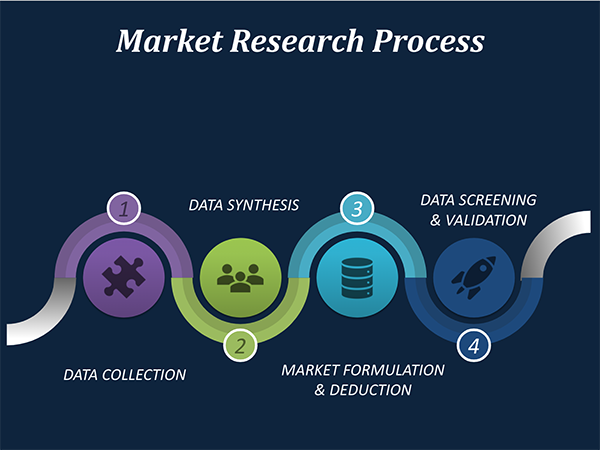
Data Collection: This stage of the market research process involves with the gathering and collecting of the market/industry related data from the sources. There are basically two types of research methods:
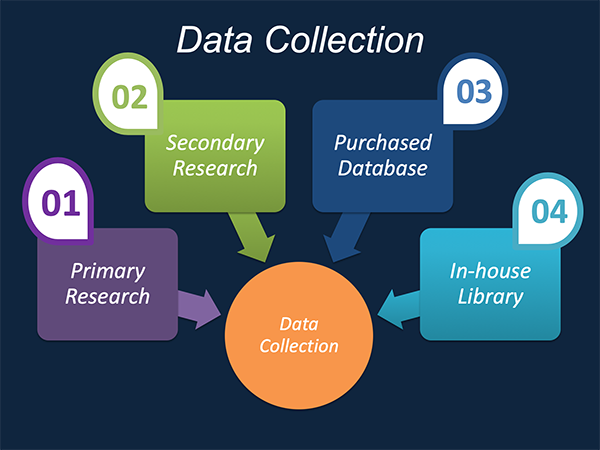
Data Synthesis: This stage includes the evaluation and assessment of all the data acquired from the primary and secondary research. It likewise includes in evaluating the information for any disparity watched while information gathering identified with the market. The data & information is gathered with consideration to the heterogeneity of sources. Scientific and statistical methods are implemented for synthesizing dissimilar information sets and provide the relevant data which is fundamental for formulating strategies. Our organization has broad involvement with information amalgamation where the information goes through different stages:
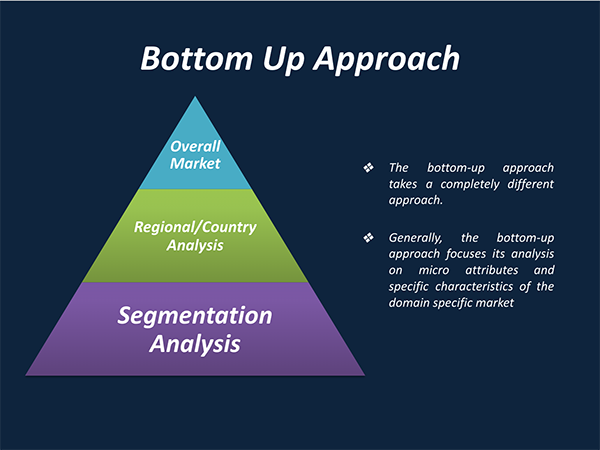
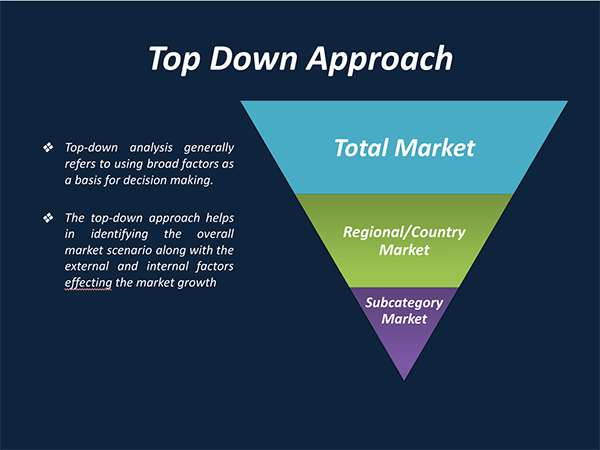
Market Formulation & Deduction: The last stage includes assigning the data & information in a suitable way in order to derive market size. Analyst reviews and domain based opinions based on holistic approach of market estimation combined with industry investigation additionally features a crucial role in this stage.
This stage includes with the finalization of the market size and numbers that we have gathered from primary and secondary research. With the data & information addition, we ensure that there is no gap in the market information. Market trend analysis is finished by our analysts by utilizing data extrapolation procedures, which give the most ideal figures to the market.
Data Validation: Validation is the most crucial step in the process. Validation & re-validation through scientifically designed technique and process that helps us finalize data-points to be used for final calculations. This stage also involves with the data triangulation process. Data triangulation generally implicates the cross validation and matching the data which has been collected from primary and secondary research methods.
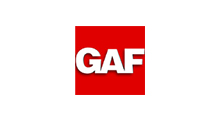
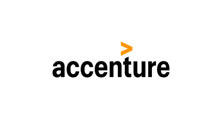
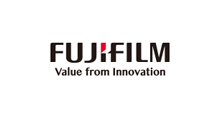
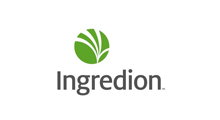

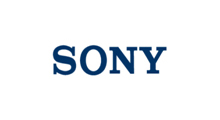
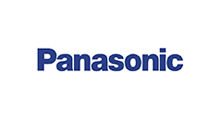
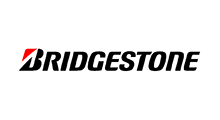
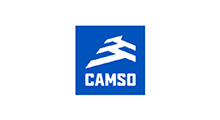
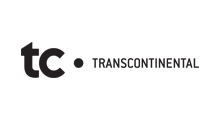
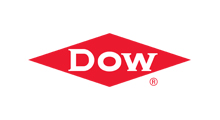
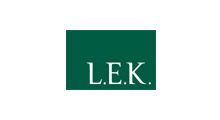
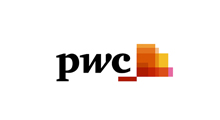
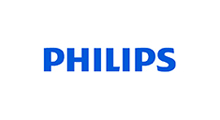
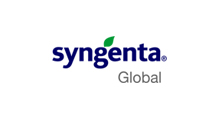
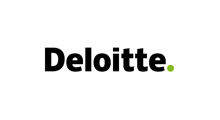
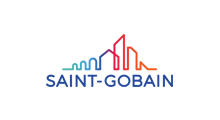
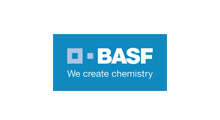
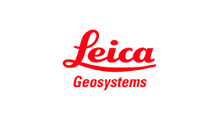
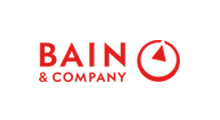
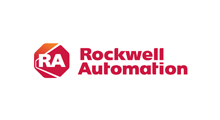
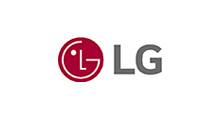
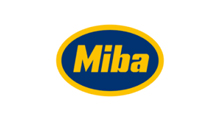
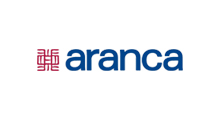
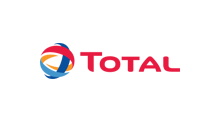
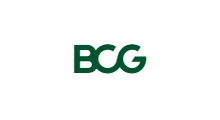
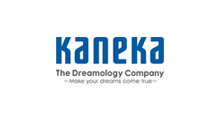
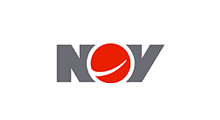
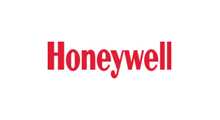
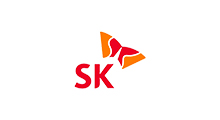
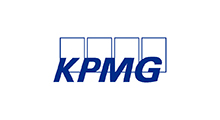
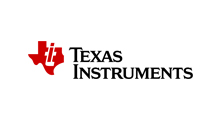
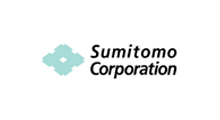
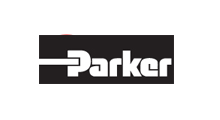
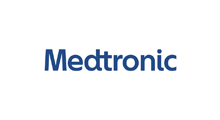
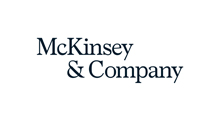
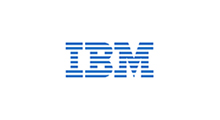
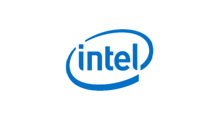
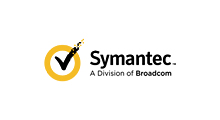
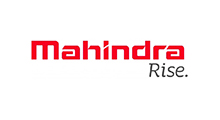
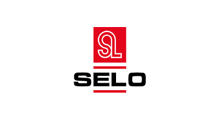
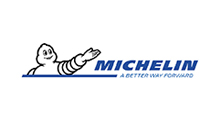
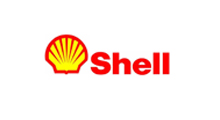
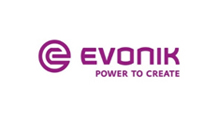
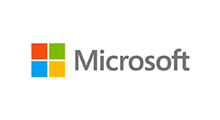
Free Customization
Countries can be added on demand
Free yearly update on purchase of Multi/Corporate User License
Companies served till date

We serve our customers 24x7 for 365 days through calls, emails and live chat options.

Huge database of exceptional market reports bringing market intelligence to your fingertips.

SSL enabled, we offer you various secured payment options for risk free purchase.